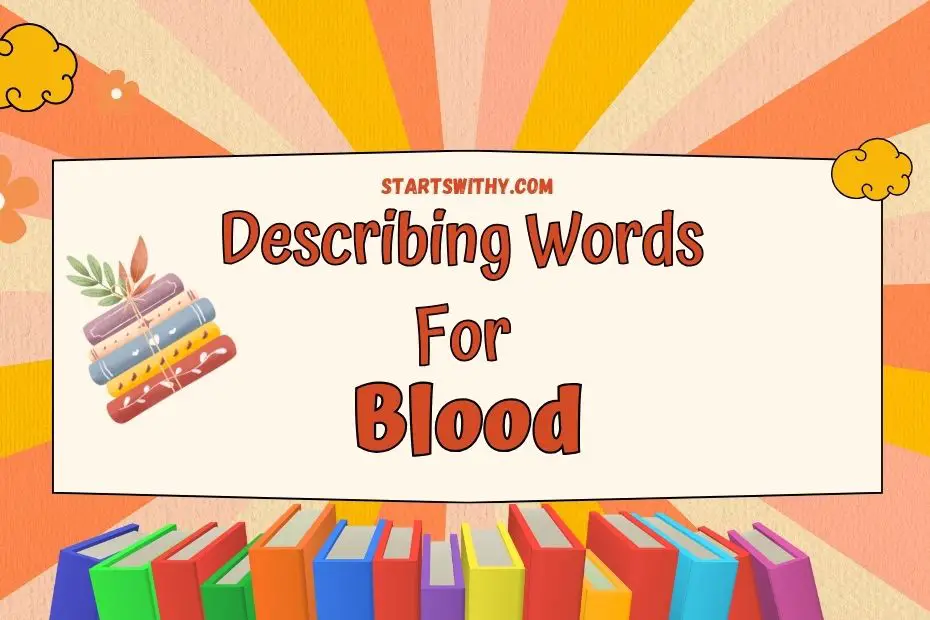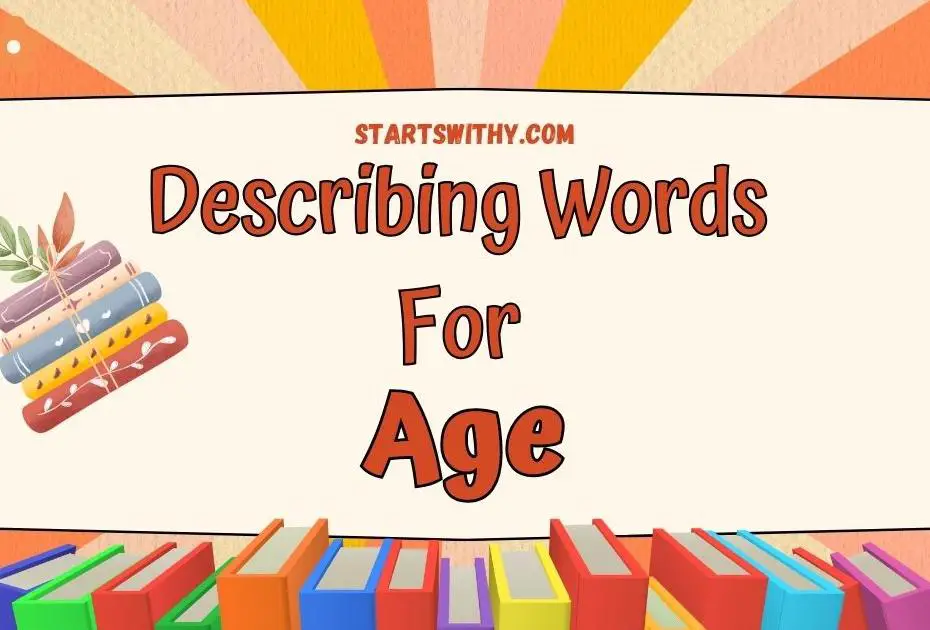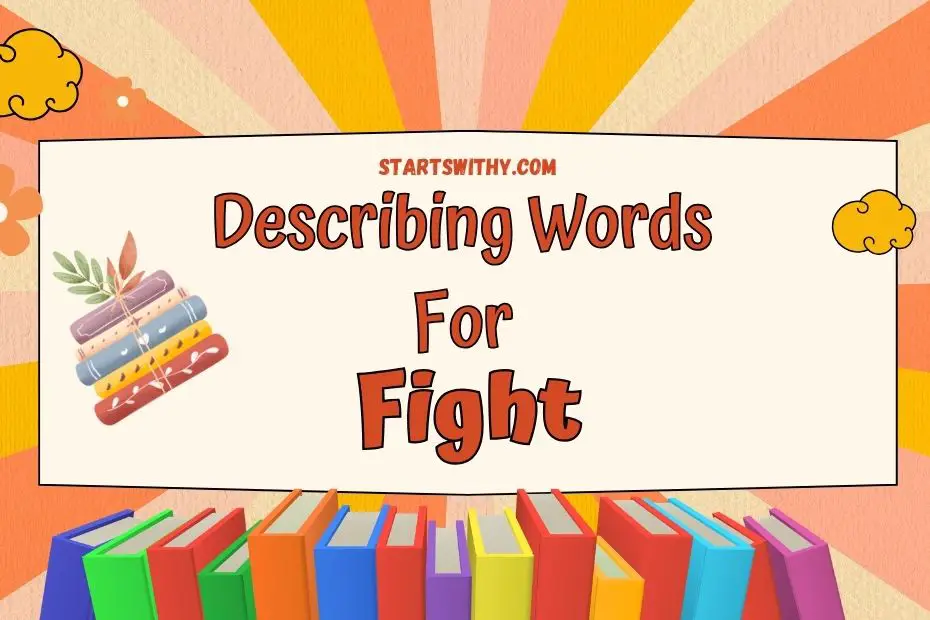I’m a self-proclaimed cheese connoisseur, and let me tell you, there’s nothing quite like the world of cheese. From creamy and tangy to sharp and nutty, the flavors and textures are as diverse as the regions they come from. In this article, I’ll be taking you on a mouthwatering journey through the realm of cheese, as we explore the various adjectives used to describe this delectable dairy delight.
When it comes to describing cheese, the possibilities are endless. Picture a velvety brie that melts in your mouth, or a crumbly aged cheddar that packs a punch. These adjectives not only capture the essence of each cheese, but also give you a glimpse into the unique characteristics that make them stand out. Whether you prefer a mild and mellow cheese or a bold and robust one, there’s an adjective out there to perfectly capture your cheese-loving desires.
So, get ready to tantalize your taste buds as we dive into the world of adjectives for cheese. From the classics to the lesser-known varieties, we’ll explore the rich vocabulary that will have you appreciating cheese in a whole new way. Get your cheese board ready, because this is going to be a flavorful adventure you won’t want to miss.
How to Describe cheese? – Different Scenarios
When it comes to describing cheese, there are a multitude of adjectives that can capture its unique flavors and textures. It’s fascinating how different types of cheese can evoke various sensations on our taste buds. Let’s explore how we can describe cheese in different scenarios:
- Texture
- Creamy: Soft and smooth, with a velvety texture that melts in your mouth.
- Crumbly: Easily breaks apart into small, grainy pieces.
- Chewy: Requires some effort to bite into, offering a satisfying resistance.
- Firm: Holds its shape when sliced or grated.
- Stringy: Pulls apart into long, stretchy strands, often seen in melted cheese.
- Flavor
- Sharp: Has a bold, tangy taste that tingles on the tongue.
- Mild: Delicate and subtle, perfect for those who prefer a gentler flavor.
- Nutty: Reminiscent of various nuts, adding depth and richness.
- Smoky: Infused with a distinct smoky aroma, reminiscent of campfires and barbecues.
- Savory: Offers a savory, umami taste that leaves you craving more.
- Aroma
- Earthy: Evokes the scent of the forest floor, with notes of mushrooms and damp earth.
- Pungent: Intensely fragrant, with a strong and powerful smell.
- Fresh: Bright and clean, with a light and pleasant aroma.
- Herbal: Infused with the fragrance of herbs like thyme, rosemary, or basil.
- Floral: Carries a delicate, floral scent that adds a touch of elegance to the cheese.
Remember, these are just a few examples of how to describe cheese. The beauty of cheese is that it offers an array of flavors and textures, each with its own unique descriptor. By finding the right adjectives, we can truly appreciate the delicious world of cheese.
Adjective Examples for Describing Cheese
| Texture | Flavor | Aroma |
|---|---|---|
| Creamy | Sharp | Earthy |
| Crumbly | Mild | Pungent |
| Chewy | Nutty | Fresh |
| Firm | Smoky | Herbal |
| Stringy | Savory | Floral |
Describing Words for cheese in English
When it comes to describing cheese, there is a wide range of adjectives that can capture its unique characteristics. From its flavor to its texture and aroma, each type of cheese offers a distinct experience for the taste buds. Let’s explore some of the adjectives that can be used to describe cheese:
- Flavors:
- Textures:
- Aromas:
- Age:
- Origins:
- Pairings:
Each of these adjectives describes a different aspect of cheese, allowing us to appreciate its complexity and diversity. Whether you prefer a tangy and crumbly cheese or a creamy and smoky one, there is a cheese out there to suit every taste.
By using descriptive adjectives, we can paint a vivid picture of the cheese and enhance our understanding and enjoyment of it. So, the next time you indulge in a cheese platter or create a cheesy dish, remember to choose the right adjectives to do justice to the delightful world of cheese.
Remember, there are numerous adjectives to capture the unique characteristics of each cheese. So, get creative and explore the wonderful world of cheese through the language of adjectives.
Now that we have covered the various adjectives for describing different aspects of cheese, let’s move on to the next section, where we’ll delve deeper into the art of pairing cheese with other foods and beverages.
Adjectives for cheese
As a cheese connoisseur, I am always delighted by the diverse flavors, textures, and aromas that different cheeses offer. Describing the unique characteristics of each cheese can help us appreciate and enjoy them even more. In this section, I will share some positive adjectives that can be used to describe cheese, along with example sentences to illustrate their usage.
Positive Adjectives for cheese with 12 Example Sentences
- Creamy – The Brie cheese was incredibly creamy, melting in my mouth with every bite.
- Sharp – The aged cheddar had a sharp flavor that lingered on my taste buds.
- Rich РThe Gruyère cheese had a rich and nutty taste that added depth to the dish.
- Savory – The feta cheese provided a savory and tangy element to the salad.
- Luscious – The triple cream cheese was luscious and velvety, leaving a luxurious sensation on my palate.
- Delicate – The goat cheese had a delicate flavor that complemented the subtle flavors of the salad.
- Buttery – The Camembert cheese had a buttery texture that melted beautifully on warm bread.
- Nutty – The Parmesan cheese had a nutty undertone, adding complexity to the pasta dish.
- Smoky – The smoked gouda cheese had a smoky flavor that added an intriguing twist to the grilled sandwich.
- Mild – The mozzarella cheese had a mild taste, making it a versatile choice for various dishes.
- Crisp – The aged Asiago cheese had a crisp texture, providing a delightful crunch in every bite.
- Sweet – The blue cheese had a sweet and tangy flavor profile, making it a decadent choice for pairing with fruits.
Now that we have explored the positive adjectives, let’s move on to negative adjectives that can be used to describe cheese.
- Rubbery – The processed cheese had a rubbery texture that lacked the desirable creaminess.
- Sour – The spoiled cheese had a sour taste that indicated it had gone bad.
- Rancid – The old cheese had a rancid smell and taste, indicating it was no longer suitable for consumption.
- Bland – The low-fat cheese had a bland flavor that lacked the richness and complexity of its full-fat counterparts.
- Stale – The old Gouda cheese had a stale texture, losing its original freshness.
By using these descriptive adjectives, we can enhance our understanding and appreciation of the varied world of cheese. Remember, each cheese has its own unique characteristics, and by using the right adjectives, we can communicate those qualities effectively.
Synonyms and Antonyms with Example Sentences
Synonyms for cheese
When it comes to describing cheese, there are a variety of synonyms that can be used to convey its unique qualities. Here are some synonyms for cheese along with example sentences to help you understand their usage:
| Synonym | Example Sentence |
|---|---|
| Cheddar | I love the sharpness of the cheddar cheese on my sandwich. |
| Gouda | The creamy texture of gouda cheese makes it perfect for melting in grilled cheese sandwiches. |
| Parmesan | Sprinkling some freshly grated parmesan cheese on top of pasta adds a delicious umami flavor. |
| Brie | The soft and smooth texture of brie cheese pairs well with crusty bread and fruit. |
| Gruyere | Gruyere cheese adds a nutty flavor to dishes like French onion soup. |
Antonyms for cheese
On the opposite end of the spectrum, we have antonyms for cheese that describe characteristics that are different from those typically associated with cheese. Here are some antonyms for cheese along with example sentences:
| Antonym | Example Sentence |
|---|---|
| Bland | The cheese tasted bland without any distinctive flavor. |
| Watery | The texture of the cheese was watery and lacked creaminess. |
| Rubbery | The rubbery texture of the cheese made it difficult to enjoy. |
| Sour | The cheese had a sour taste, indicating that it had gone bad. |
| Unappetizing | The appearance of the cheese was unappetizing, with mold growing on the edges. |
By using these synonyms and antonyms, you can expand your vocabulary and accurately describe the flavors, textures, and aromas of different types of cheese. Whether you prefer a sharp cheddar or a creamy brie, having a wide range of descriptive words at your disposal can enhance your understanding and enjoyment of this delectable food.
Conclusion
Having a wide range of descriptive adjectives to accurately describe the flavors, textures, and aromas of different types of cheese is essential for enhancing our understanding and enjoyment of this beloved food. Throughout this article, we have explored the diverse characteristics of cheese and provided examples of positive and negative adjectives that can be used to describe them.
By using descriptive adjectives, we can effectively communicate the unique qualities of each cheese. Whether it’s the sharpness of a cheddar, the creaminess of a brie, or the tanginess of a blue cheese, the right words can paint a vivid picture in our minds and elevate our cheese-tasting experience.
Expanding our vocabulary with synonyms and antonyms for cheese allows us to further refine our descriptions and express the nuances of different cheese varieties. With these descriptive words at our disposal, we can confidently navigate the world of cheese and appreciate its myriad flavors.
The use of descriptive adjectives adds depth and richness to our understanding and enjoyment of cheese. So, let’s embrace the power of words and savor every bite of this delectable dairy delight.



